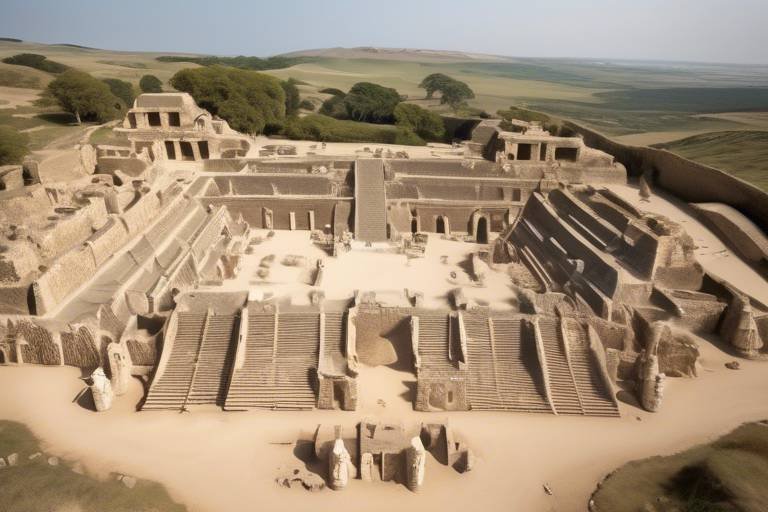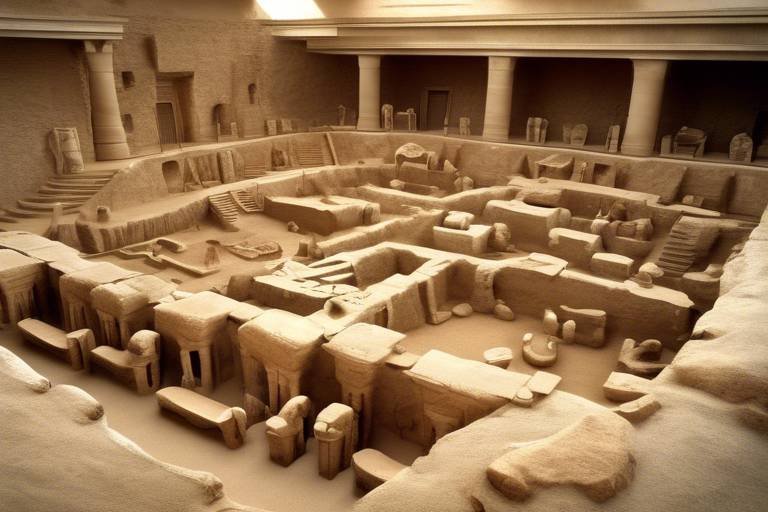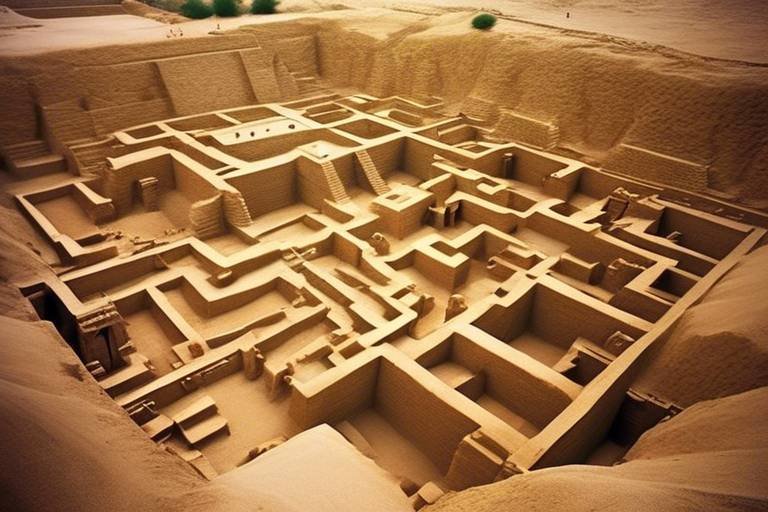The Role of Archaeology in Understanding Economic History
Archaeology serves as a vital tool in unraveling the intricate tapestry of economic history, offering us a glimpse into the economic activities of ancient civilizations. Through the meticulous analysis of artifacts and ancient sites, archaeologists piece together the puzzle of trade routes, production methods, and societal structures that shaped the economic landscape of bygone eras.

Trade Routes and Exchange Networks
Trade routes and exchange networks are the lifeblood of ancient economies, connecting distant civilizations and facilitating the flow of goods and ideas. Through archaeological excavations and analysis, researchers uncover the intricate web of routes that crisscrossed continents, linking bustling marketplaces and remote outposts.
Imagine a bustling bazaar in a vibrant ancient city, where merchants from far-off lands barter exotic spices, precious metals, and exquisite textiles. These trade routes not only facilitated the exchange of commodities but also fostered cultural exchanges, influencing art, religion, and technology.
Archaeologists meticulously study the remnants of ancient trading posts, ports, and caravanserais, piecing together the puzzle of how goods traveled from one region to another. By examining trade goods, such as pottery, coins, and textiles, they unravel the stories of economic interconnectedness and mutual dependency among ancient societies.
Moreover, the discovery of trade-related infrastructure, such as warehouses, docks, and road systems, provides insights into the organization and efficiency of ancient trade networks. These networks were not just about the movement of goods but also about the transmission of knowledge, innovation, and cultural practices.
Trade routes were not static but dynamic, evolving over time in response to changing political landscapes, technological advancements, and environmental conditions. The rise and fall of empires, the opening of new maritime routes, and the development of new trading hubs all left their mark on the economic history of civilizations.
Through the study of trade routes and exchange networks, archaeologists uncover the economic foundations of ancient societies, revealing how commerce shaped the development of urban centers, fostered specialization of labor, and spurred technological advancements. These insights not only illuminate the past but also offer valuable lessons for understanding the complexities of modern global economies.

Production Techniques and Specialization
When delving into the world of archaeology, one of the fascinating aspects is uncovering the intricate production techniques and specialization of labor employed by ancient civilizations. Imagine stepping back in time and witnessing skilled artisans meticulously crafting tools and objects essential for daily life. Through archaeological excavations, we can unearth remnants of workshops, tools, and manufacturing processes that offer valuable insights into how specialization influenced economic productivity and innovation.
Picture a bustling ancient marketplace where craftsmen honed their skills in specific trades, contributing to the overall economic landscape of a civilization. By studying the artifacts left behind, archaeologists can piece together the puzzle of how different sectors of production were interconnected, leading to advancements in technology and the development of specialized industries.
Moreover, the discovery of specialized production areas within ancient settlements sheds light on the division of labor and the evolution of economic structures. From pottery workshops to metalworking foundries, each specialized area reveals a unique aspect of the economic system, showcasing the diverse skills and expertise that drove economic growth.
Through the analysis of production techniques and specialization in ancient societies, we gain a deeper understanding of how resource allocation, technological advancements, and labor division played crucial roles in shaping economic dynamics. It is akin to unraveling a complex tapestry where each thread represents a specialized skill contributing to the overall fabric of the economy.
Furthermore, the exploration of production techniques not only highlights the efficiency and ingenuity of ancient civilizations but also underscores the importance of specialization in driving economic progress. By examining the tools, methods, and materials used in production, archaeologists can draw parallels between past practices and modern industrial processes, showcasing the enduring impact of specialization on economic development.

Urbanization and Market Centers
Urbanization and Market Centers are key focal points in archaeological studies, offering a glimpse into the bustling economic activities of ancient civilizations. As archaeologists delve into the remnants of ancient urban areas through meticulous excavations, a vivid picture emerges of thriving marketplaces, bustling with trade and commerce. These urban centers served as hubs of economic exchange, where goods from distant lands were traded, artisans showcased their craftsmanship, and merchants negotiated deals.
One fascinating aspect of urbanization revealed through archaeological findings is the intricate layout of market centers, with designated areas for different types of goods and services. Imagine walking through the ancient streets lined with stalls selling exotic spices, luxurious fabrics, and precious metals, each item telling a story of its origin and the intricate web of trade networks that connected distant lands.
Archaeological excavations often uncover evidence of specialized marketplaces catering to specific goods, such as pottery markets, textile bazaars, or livestock trading posts. These specialized markets not only reflect the diverse economic activities of the ancient city dwellers but also highlight the level of sophistication in their economic organization and trade practices.
Moreover, the presence of market centers in urban areas signifies the growth of economic specialization and division of labor within ancient societies. As artisans honed their skills in crafting intricate artifacts, farmers cultivated surplus crops for trade, and merchants facilitated the exchange of goods, a complex economic ecosystem emerged, driving the prosperity and development of urban centers.
Through the lens of archaeology, we can witness the vibrancy of ancient market centers, teeming with life and activity, where the pulse of economic transactions reverberated through the streets. The remnants of market stalls, storage facilities, and commercial buildings paint a vivid picture of the economic vitality that once thrived in these bustling urban hubs, shaping the economic landscape of ancient civilizations.

Resource Management and Sustainability
Archaeology plays a crucial role in uncovering the economic activities of past civilizations, providing insights into trade routes, production methods, and societal structures. By analyzing artifacts and ancient sites, archaeologists can reconstruct economic systems and their impact on historical development.
Resource management and sustainability are key aspects of understanding how ancient societies interacted with their environment to meet their needs. Through archaeological evidence, we can delve into the practices of resource utilization, such as agriculture, mining, and water systems, that sustained these civilizations.
Imagine walking through the remnants of an ancient agricultural site, where the soil still holds the secrets of past cultivation techniques. The tools left behind by ancient miners whisper stories of labor and extraction methods. By studying these traces, archaeologists piece together the puzzle of how societies managed their resources to ensure survival and growth.
Moreover, the examination of water systems in ancient cities reveals the innovative ways in which civilizations tackled the challenge of water management. From elaborate irrigation networks to sophisticated drainage systems, these archaeological findings showcase the ingenuity of our ancestors in harnessing natural resources for sustainable development.
Furthermore, the analysis of resource management practices sheds light on the delicate balance between human needs and environmental impact. Were ancient societies able to maintain a harmonious relationship with nature, or did their quest for resources lead to ecological degradation? These questions guide archaeologists in understanding the long-term sustainability strategies employed by past civilizations.
Q: How does archaeology contribute to our understanding of economic history?
A: Archaeology provides tangible evidence of past economic activities, offering insights into trade, production, resource management, and social structures that shaped historical economies.
Q: What role do trade routes play in economic development?
A: Trade routes facilitated the exchange of goods and services, fostering economic growth, cultural interactions, and the integration of diverse societies.
Q: Why is studying resource management important for sustainability?
A: Understanding how past civilizations managed resources can inform present-day sustainability practices, highlighting the importance of balancing human needs with environmental preservation.
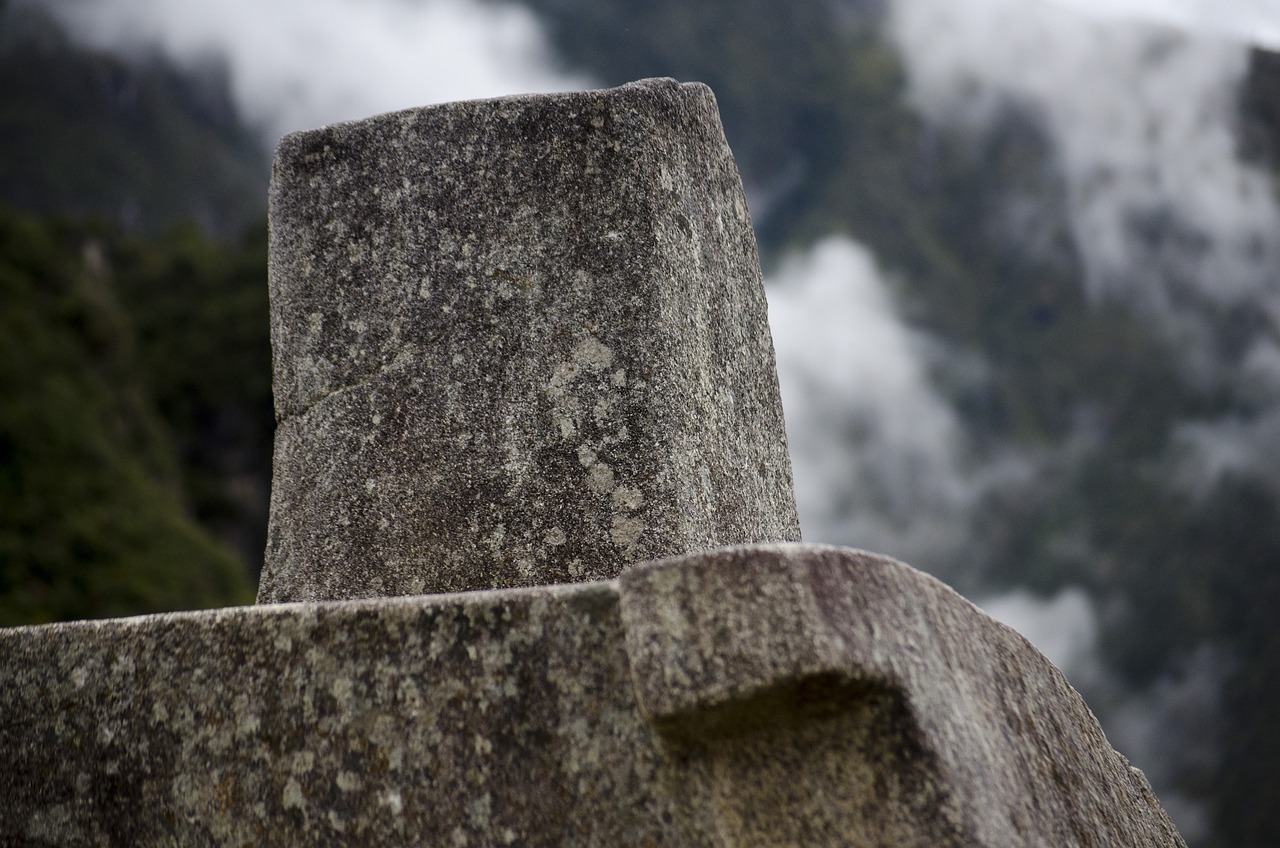
Wealth Disparities and Social Hierarchies
When delving into the realm of through the lens of archaeology, we unearth a treasure trove of insights into the economic fabric of ancient societies. The excavations of archaeological sites reveal not just artifacts but also the intricate web of economic inequalities, power dynamics, and resource distribution that shaped the social structure of bygone civilizations.
Imagine walking through the remnants of an ancient marketplace, where luxury goods once adorned the stalls, showcasing the stark contrast between the opulence of the elite and the modest possessions of the common folk. These material remnants whisper tales of economic disparities that existed within these societies, painting a vivid picture of the social hierarchy that governed the allocation of resources.
Archaeologists meticulously piece together clues from burial sites, uncovering the lavish grave goods of the wealthy elite juxtaposed with the simple offerings of the less privileged. This stark juxtaposition highlights not only the economic disparities but also the rituals and beliefs surrounding wealth and social status in ancient times.
Furthermore, the discovery of ancient tax records, inscriptions on monuments, and depictions in art provides valuable insights into the economic structures that perpetuated these wealth disparities. The intricate network of tribute, taxation, and redistribution of resources sheds light on the mechanisms through which wealth was accumulated, concentrated, and wielded as a symbol of power.
Through the study of wealth disparities and social hierarchies in ancient societies, archaeologists not only unravel the economic complexities of the past but also draw parallels to contemporary issues of inequality and distribution of resources. By understanding the roots of economic disparities in history, we gain a deeper appreciation for the challenges and dynamics that continue to shape our modern world.
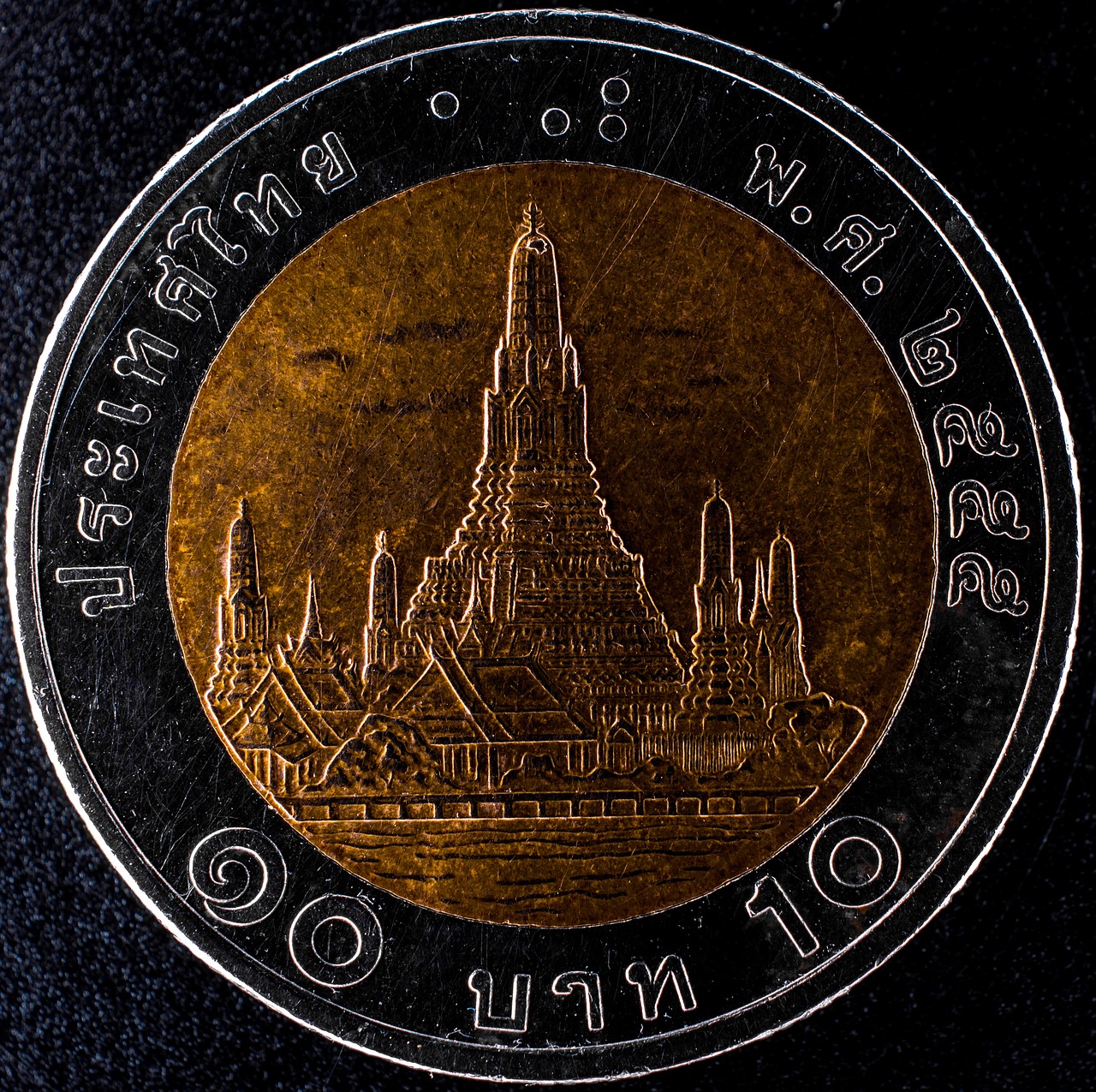
Monetary Systems and Currency
Exploring the archaeological remnants of ancient civilizations often leads us to fascinating discoveries regarding the evolution of . These artifacts, ranging from primitive forms of currency like shells and beads to sophisticated coins and tokens, provide valuable insights into the economic transactions and financial systems of bygone eras.
One of the most intriguing aspects of studying monetary systems through archaeology is observing how these forms of currency evolved over time. From barter systems to the introduction of standardized coins, each development represents a significant milestone in the history of economic exchange mechanisms. Imagine holding a Roman coin in your hand, feeling the weight of history and commerce that it carries within its intricate design.
Moreover, the discovery of ancient monetary systems often unveils the interconnectedness of different regions through trade and commerce. By analyzing the distribution of coins and the presence of foreign currency in archaeological sites, researchers can trace the extent of market integration and economic relationships between distant civilizations.
Additionally, the study of currency in archaeology sheds light on the power dynamics and socio-economic structures of ancient societies. The presence of minting facilities, currency hoards, and financial records provides clues about wealth accumulation, economic inequalities, and the role of currency in reinforcing social hierarchies.
Furthermore, examining the inscriptions and symbols on ancient coins can reveal intricate details about the cultural and political contexts in which they were minted. These numismatic artifacts serve as tangible links to the past, offering a glimpse into the beliefs, values, and historical events that shaped economic transactions and monetary policies.
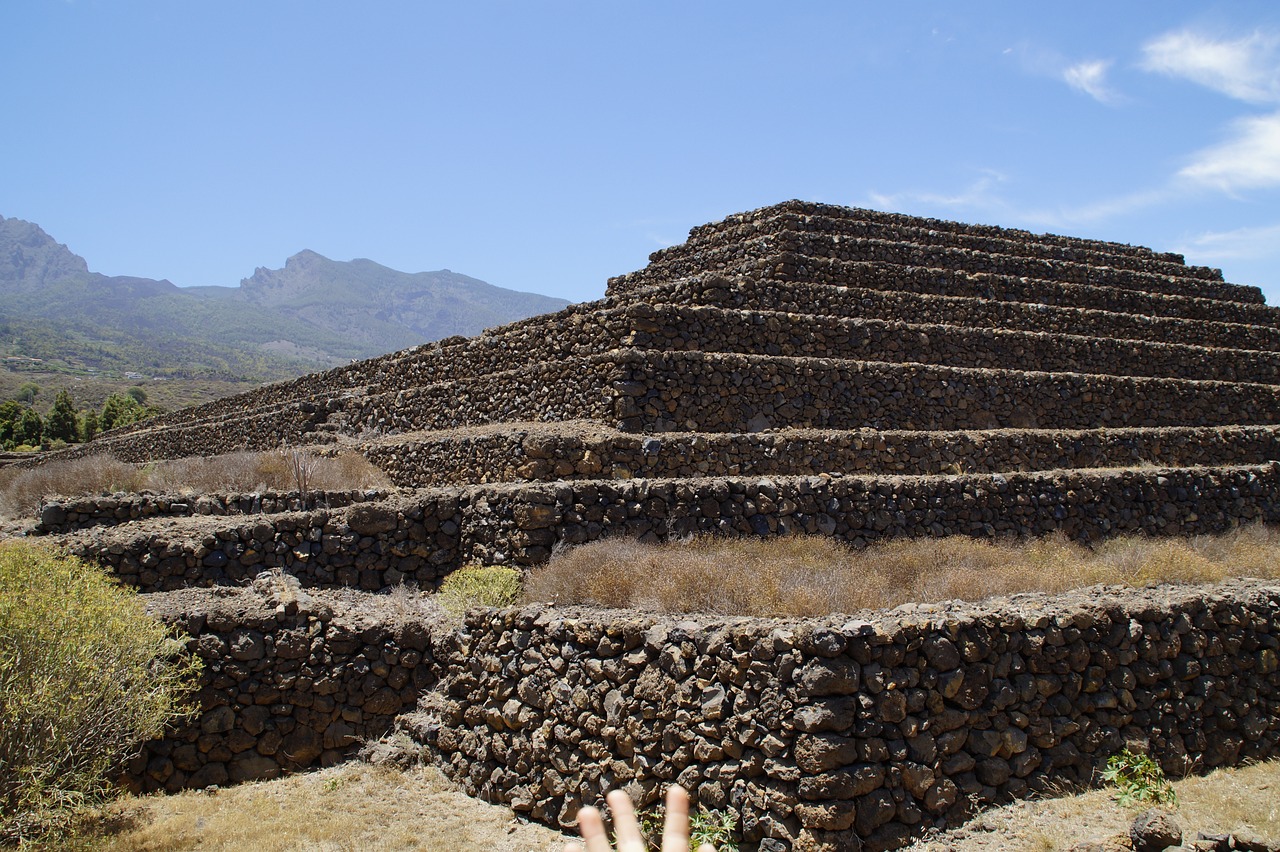
Impact of Trade and Colonization
When delving into the through the lens of archaeology, we uncover a rich tapestry of economic consequences stemming from cultural interactions, resource exploitation, and the integration of diverse economies. The archaeological traces left behind by trade networks, colonization efforts, and imperial expansions offer valuable insights into how these activities shaped the economic landscapes of ancient civilizations.
Through meticulous excavation and analysis, archaeologists can trace the flow of goods, ideas, and technologies along ancient trade routes, revealing the intricate web of connections that facilitated economic exchange and cultural diffusion. The exchange of commodities such as spices, textiles, and precious metals not only fueled economic growth but also fostered cross-cultural interactions and the spread of innovations.
Moreover, the archaeological evidence of colonization efforts provides a window into the economic motivations behind territorial expansion and the establishment of new settlements. By studying the material remains of colonial outposts, researchers can discern patterns of resource exploitation, labor organization, and trade relations that underpinned the economic strategies of colonial powers.
Furthermore, the integration of diverse economies through trade and colonization had profound implications for social structures, power dynamics, and wealth distribution within ancient societies. The influx of foreign goods, technologies, and ideologies through trade networks often led to cultural transformations, economic dependencies, and shifts in political alliances.
By examining the economic impacts of trade and colonization through an archaeological lens, we gain a deeper understanding of how these historical processes influenced the economic trajectories of ancient civilizations, shaped their material cultures, and laid the groundwork for the interconnected global economy we see today.

Economic Crises and Resilience
When delving into the realm of economic history through the lens of archaeology, one cannot ignore the pivotal role played by economic crises in shaping the resilience of past societies. These crises, whether triggered by natural disasters, conflicts, or market instabilities, offer a window into the adaptive strategies and survival mechanisms employed by ancient civilizations. By studying the archaeological remnants of such tumultuous times, we gain valuable insights into how societies navigated through adversity and emerged stronger or, in some cases, succumbed to the challenges they faced.
Imagine unearthing the remnants of a once-thriving market square, now silent and abandoned, a poignant reminder of a past economic crisis that shook the foundations of a bustling city. Through meticulous excavation and analysis, archaeologists piece together the puzzle of how communities coped with sudden disruptions in trade, scarcity of resources, and the breakdown of established economic systems. The resilience displayed in the face of such turmoil speaks volumes about the ingenuity and adaptability of our ancestors.
Furthermore, economic crises often serve as catalysts for innovation and restructuring within societies. As ancient civilizations grappled with the aftermath of a crisis, they were compelled to reevaluate their economic practices, governance structures, and social norms. The archaeological record preserves evidence of these transformative moments, showcasing the creative responses adopted to rebuild shattered economies, redistribute resources, and forge new pathways towards recovery.
One striking example of resilience in the face of economic turmoil can be seen in the ruins of a once-prosperous agricultural settlement that weathered a severe drought. Through a combination of advanced irrigation techniques, communal cooperation, and adaptive agricultural practices, the community not only survived the crisis but also thrived in the aftermath, demonstrating the enduring spirit of resilience ingrained in human societies.
As we unravel the stories of economic crises from the annals of history, we are reminded of the cyclical nature of challenges and the enduring resilience that has allowed civilizations to endure and evolve over time. By learning from the past, we can glean valuable lessons on building sustainable economic systems, fostering resilience in the face of adversity, and navigating the uncertain terrain of economic fluctuations with fortitude and foresight.
Frequently Asked Questions
- What is the significance of archaeology in understanding economic history?
Archaeology plays a crucial role in uncovering the economic activities of past civilizations, providing insights into trade routes, production methods, and societal structures. By analyzing artifacts and ancient sites, archaeologists can reconstruct economic systems and their impact on historical development.
- How does studying trade routes and exchange networks contribute to understanding ancient economies?
Studying archaeological evidence of ancient trade routes and exchange networks helps in understanding how goods and services were exchanged, contributing to the development of economies and shaping cultural interactions.
- What insights can be gained from exploring production techniques and specialization in ancient civilizations?
Exploring archaeological remains of workshops and tools reveals insights into ancient production techniques, specialization of labor, and technological advancements that influenced economic productivity and innovation.
- Why is investigating urbanization and market centers important in the study of economic history?
Investigating ancient urban centers and marketplaces through archaeological excavations sheds light on the development of cities as hubs of economic activity, showcasing the growth of markets, trade, and commerce.
- How does analyzing resource management practices contribute to understanding past societies?
Analyzing archaeological evidence of resource management practices, such as agriculture, mining, and water systems, provides valuable information on how past societies utilized natural resources, addressing issues of sustainability and environmental impact.
- What do wealth disparities and social hierarchies reveal about ancient economies?
Examining archaeological findings related to wealth disparities, luxury goods, and social hierarchies helps in understanding economic inequalities, power dynamics, and the distribution of resources within ancient societies.
- How do archaeological artifacts like coins and monetary systems provide insights into ancient economies?
Exploring archaeological artifacts like coins, tokens, and monetary systems uncovers the evolution of currency, economic transactions, and financial systems, offering insights into economic exchange mechanisms and market integration.
- What can the study of trade and colonization traces reveal about the economic impact of cultural interactions?
Investigating the archaeological traces of trade networks, colonization efforts, and imperial expansions reveals the economic consequences of cultural interactions, resource exploitation, and the integration of diverse economies.
- Why is studying economic crises and resilience important in understanding historical development?
Studying archaeological evidence of economic crises, such as famines, wars, or market collapses, highlights the resilience of past societies, their adaptive strategies, and the long-term effects of economic challenges on historical development.







